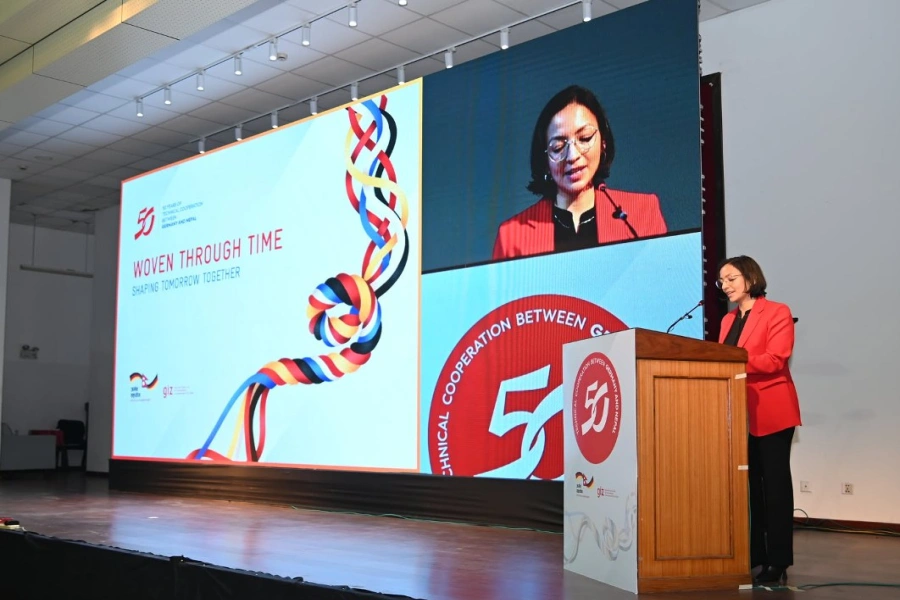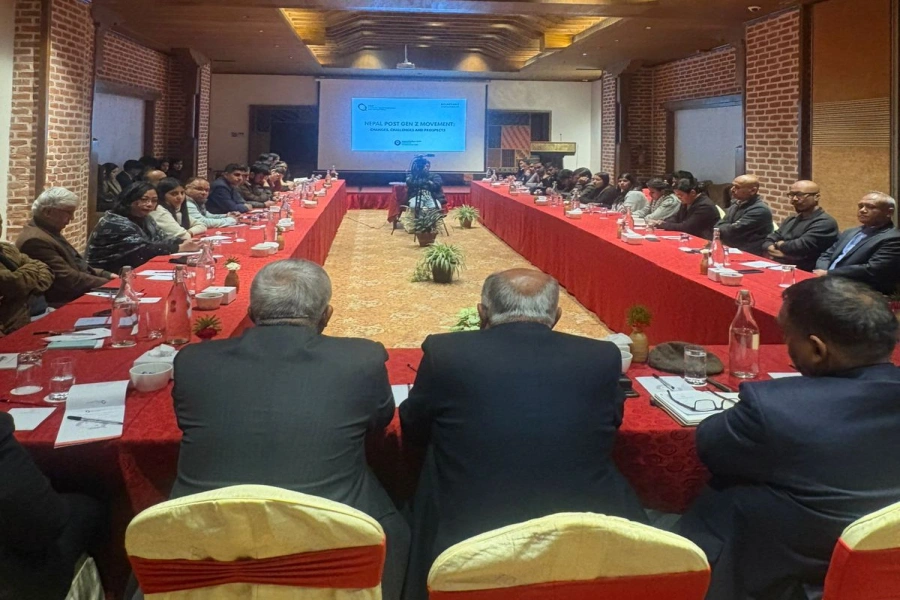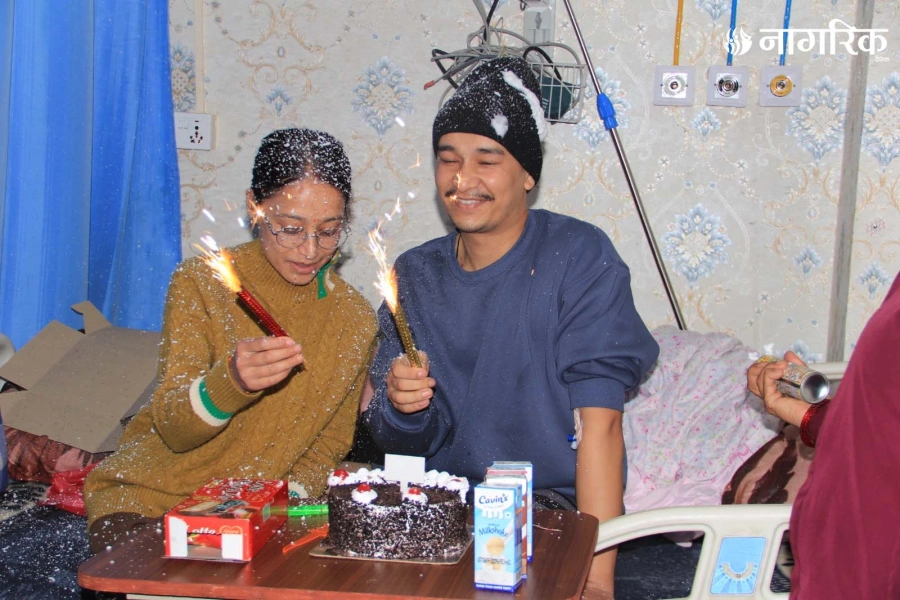KATHMANDU, July 10: The country’s Balance of Payments (BoP) remained at a surplus of Rs 228.98 billion in the first eleven months of the current fiscal year 2022/23 that had begun on July 17, 2022 and is ending within a week.
According to the Current Macroeconomic and Financial Situation Report released by the Nepal Rastra Bank on Monday, during the eleven months of the fiscal year 2022/23, the BoP remained at a surplus of Rs 228.98 billion. This is a significant improvement compared to the deficit of Rs 269.81 billion recorded in the same period of the previous year. In terms of US Dollars, the BoP surplus for the review period amounted to 1.74 billion, against a deficit of 2.26 billion reported in the same period of the previous year.
Similarly, the gross foreign exchange reserves witnessed a significant increase of 21.8 percent, reaching Rs 1.480 trillion in the review period compared to Rs 1.215 trillion in the corresponding period of last year.
As of mid-June 2023, the foreign exchange reserves held by the Nepal Rastra Bank (NRB) increased 25.1 percent to Rs 1.321 trillion compared to Rs 1.056 trillion in mid-July 2022. Similarly, the reserves held by banks and financial institutions, excluding the NRB, experienced a slight increase of 0.1 percent, totaling Rs 159.63 billion in mid-June 2023 compared to Rs 159.41 billion in mid-July 2022. Additionally, the Indian currency accounted for 22.9 percent of the total reserves in mid-June 2023.
BOP remains at surplus of Rs 346.23 billion in last nine months...

In mid-June 2023, the year-on-year consumer price inflation dropped to 6.83 percent against 8.56 percent in the previous year. In the review period, the inflation rate of food and beverages was 5.66 percent, while it was 7.76 percent towards the non-food and service sector.
In this period, there was a 16 percent fall in imports while exports went up by 22.7 percent, resulting in a 15.2 percent decrease in trade deficit compared to the corresponding period last year.
The report states that the foreign exchange reserves held by the banking sector are sufficient to cover prospective merchandise imports for a period of 11.2 months, as well as merchandise and services imports for a period of 9.6 months.
Furthermore, the ratios of reserves-to-GDP, reserves-to-imports, and reserves-to-M2 were recorded at 27.5 percent, 80.3 percent, and 25.0 percent respectively in mid-June 2023. These ratios reflect an increase compared to the figures of mid-July 2022, which stood at 24.6 percent, 57.8 percent, and 22.1 percent respectively.
The data shows that expenditures of the federal government amounted to Rs 1176.07 billion and revenue collection was Rs 836.85 billion till the end of the first eleven months of the current fiscal year.
Similarly, broad money supply (M2) rose by 7.8 percent during the review period and by 10.9 percent on a year-on-year basis, while deposits of BFIs went up by 8.8 percent and private sector credit increased by 3.4 percent. On a year-on-year basis, deposits increased 12.2 percent and private sector credit increased 3 percent.
(RSS)






































